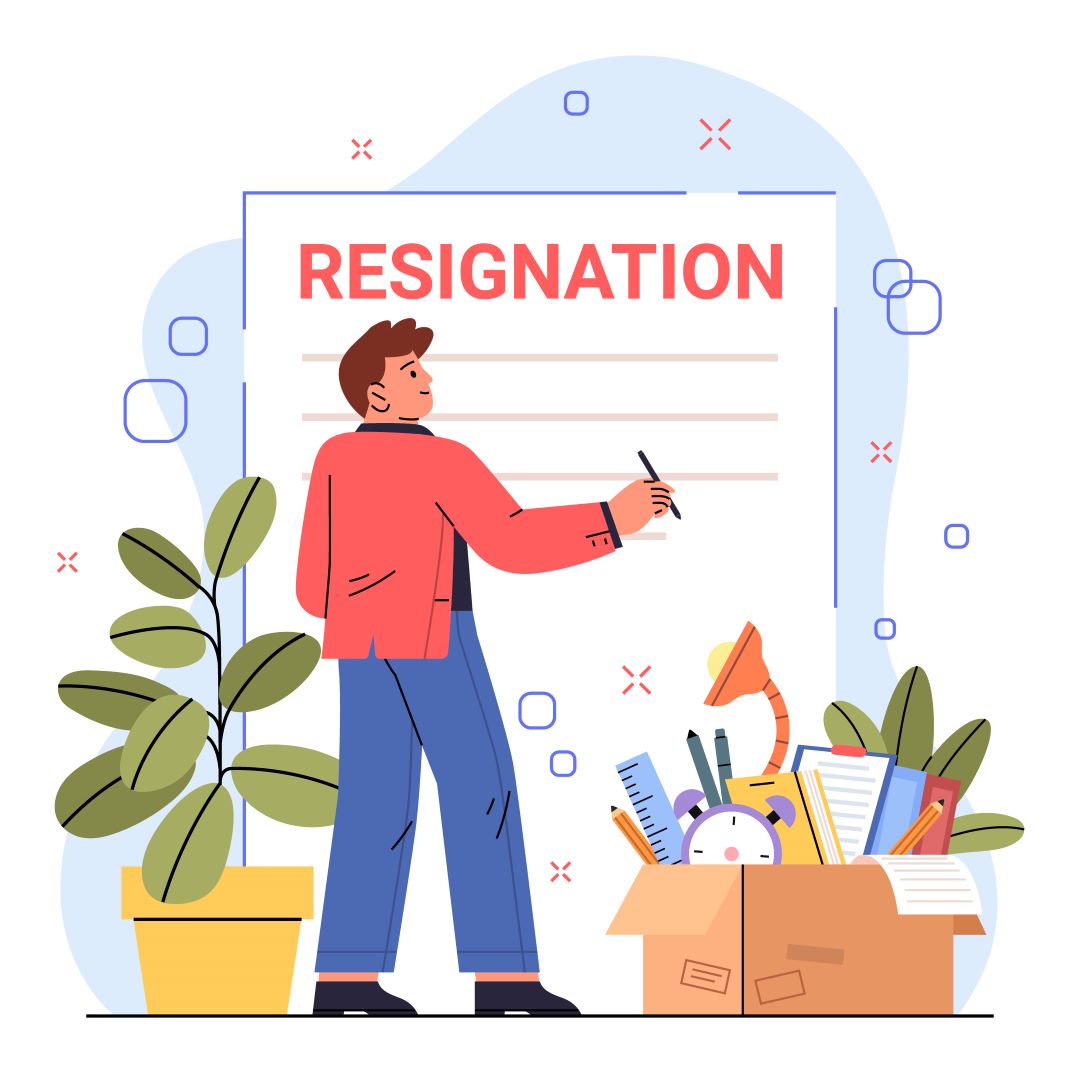Unconscious Bias in Recruitment: How to Level the Playing Field
Unconscious bias, also known as implicit bias, is the automatic and involuntary associations and judgments that influence our decision-making without us being aware of it. It is a natural part of the human brain, but it can have a negative impact on our recruitment decisions.
Unconscious bias can lead us to favour candidates who share our background or experiences, or who fit certain stereotypes. This can unfairly disadvantage candidates from diverse backgrounds, perpetuating systemic inequalities in the workplace.
Here are some ways that unconscious bias can manifest in the recruitment process:
- Job postings: The language used in job postings can deter candidates from certain backgrounds from applying. For example, using gendered language or highlighting specific educational or professional qualifications can discourage candidates from underrepresented groups.
- Resume screening: Hiring managers may unconsciously screen out resumes from candidates with certain names, addresses, or schools. This is known as “resume bias.”
- Interviews: Hiring managers may unconsciously favor candidates who look like them, who speak in a similar way, or who have similar interests. They may also ask biased interview questions that are designed to elicit certain responses.
There are a number of things that HR professionals can do to level the playing field and reduce unconscious bias in the recruitment process:
- Educate yourself and your team about unconscious bias. The first step to reducing unconscious bias is to be aware of it. There are a number of online resources and training programs available to help HR professionals learn more about unconscious bias and how to mitigate it.
- Review your job postings. Make sure that your job postings are inclusive and welcoming to candidates from all backgrounds. Avoid using gendered language or highlighting specific educational or professional qualifications that could deter candidates from underrepresented groups.
- Use blind resume screening. Blind resume screening is a technique where hiring managers review resumes without seeing the candidate’s name, address, school, or other identifying information. This can help to reduce resume bias.
- Use structured interviews. Structured interviews involve asking all candidates the same set of predetermined questions in the same order. This helps to ensure that all candidates are evaluated on the same criteria and that unconscious bias is minimized.
- Use diverse hiring panels. Having a diverse hiring panel can help to reduce unconscious bias by bringing in different perspectives and experiences.
- By taking these steps, HR professionals can help to create a more fair and equitable recruitment process for all candidates.
Here are some additional tips for HR professionals to reduce unconscious bias in recruitment:
- Be aware of your own biases. Everyone has unconscious biases, but it is important to be aware of them so that you can challenge them. There are a number of online assessments that can help you to identify your unconscious biases.
- Use data to inform your decisions. Data can help you to identify areas where unconscious bias may be affecting your decision-making. For example, you can track the diversity of your applicant pool and hiring decisions to see if there are any patterns that emerge.
- Be transparent and accountable. Share your anti-bias policies with your team and hold them accountable for following them. You should also be transparent with candidates about your recruitment process and how you are working to reduce unconscious bias.
By taking these steps, HR professionals can play a leading role in creating a more inclusive and equitable workplace.
Measuring Progress
HR professionals should implement key performance indicators (KPIs) to measure the effectiveness of their efforts in mitigating unconscious bias in recruitment. Regularly reviewing recruitment data and monitoring the diversity of the workforce can help track progress.
Continuous Improvement
Recruitment processes should be viewed as dynamic, open to ongoing assessment and improvement. As the workforce and society evolve, HR professionals must adapt their strategies to ensure a level playing field.
Networking Opportunities Await at DEIjobs! Sign Up Now
Discover a welcoming community of employers at DEIjobs who are eager to support your career aspirations. Companies are actively seeking candidates with disabilities, women, LGBTQ+ individuals, war veterans, and women on a career break.




